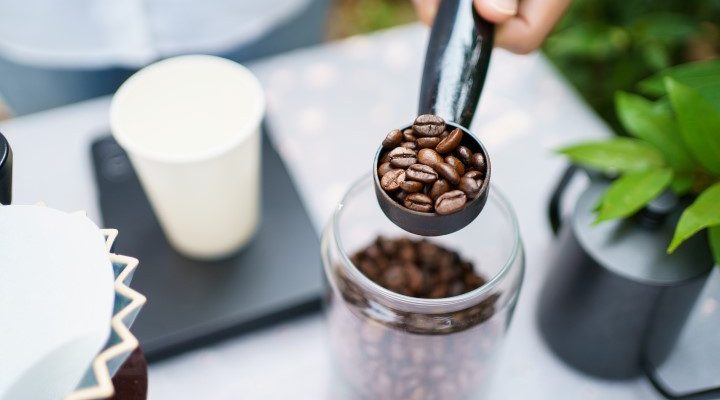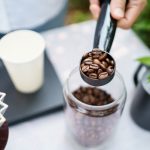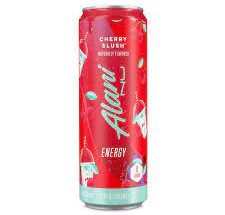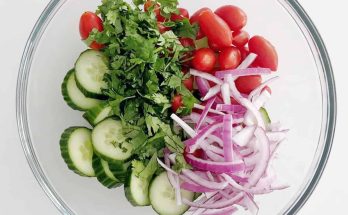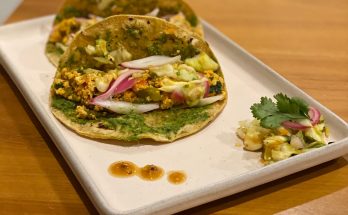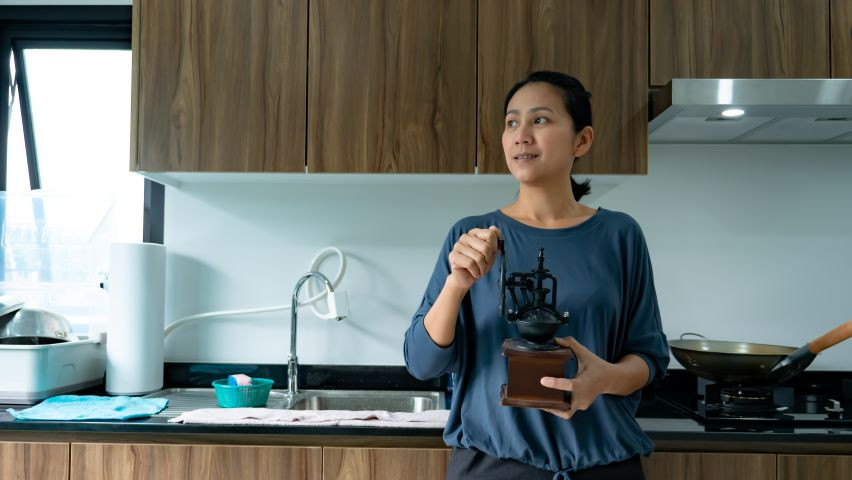 Five Ways To Get The Best Cup Of Coffee
Five Ways To Get The Best Cup Of Coffee
Five Ways To Get The Best Cup Of Coffee. In the present high speed world, espresso has acquired an excellent spot in pretty much every Indian home. Blending espresso has turned into a nuanced craftsmanship, where each fermenting technique opens an unmistakable range of flavors and smells. When that first sip of coffee wakes you up from a lazy night’s sleep and helps you start the day with renewed enthusiasm, nothing is more satisfying. Santhosh Basavaraj, Third Wave Coffee’s L&D Deputy Manager and Coffee Specialist, reveals the five things you can do to get the most out of a single cup of coffee
Get To The Bean Of The Matter
Picking entire bean espresso over ground espresso is the most important move toward guaranteeing top notch espresso. The critical parts in your espresso’s tasty flavor and taste emit from the fragrant mixtures in the espresso. Not at all like ground espresso, which has gone through oxidation, entire beans hold the fragrance and flavor, safeguarding them until the time you’re prepared to have your espresso
Get a Scale!
Five Ways To Get The Best Cup Of Coffee. While the recipe of two tablespoons of espresso for each six ounces of water unquestionably gives you a good cup, it comes up short on accuracy expected to hoist your blending. The bean size and density of various coffees and blends vary greatly, so a tablespoon of one coffee may weigh significantly less than another. By utilizing a scale to quantify by weight rather than volume, you can guarantee that you know about precisely how much is going into your cup regardless of what espresso is being utilized.
Get The Temperature Right
To draw out the best in your espresso, it’s pivotal to blend with water at temperatures running between 195° Fahrenheit (90° Celsius) and 205° Fahrenheit (96° C). The flavors in your cup and the speed at which the coffee extracts are extracted are both affected by this range.
If you use water that is lower than 195 degrees Fahrenheit, most of the flavors we love in our coffee won’t come through. On the other hand, if you use water that is higher than 205 degrees Fahrenheit, you run the risk of making your coffee bitter or too strong. Thus, blending inside this ideal temperature range permits the pleasantness and perplexing kinds of espresso to sparkle, while staying away from superfluous harshness.
 5 methods for getting the best from your espresso – utilize the right water
5 methods for getting the best from your espresso – utilize the right water
Utilize The Right Water
Would it be a good idea for you to utilize sifted water or filtered water? While making espresso, the water quality assumes a significant part since it is a significant part – practically 98% – of the last refreshment. Hence, the taste and generally speaking nature of your water fundamentally influence how your espresso will taste. Assuming the water utilized has an undesirable taste or smell, your espresso will mirror that. Good coffee necessitates the use of filtered water. Notwithstanding, it is essential to take note of that refined water isn’t great for preparing espresso, as espresso requires the minerals in the water to blend appropriately and gain its sublime flavor.
Get The Drudgery Size Right
Different preparing techniques call for explicit drudgery sizes to accomplish ideal outcomes. Assuming your espresso mixes excessively fast, it shows that the toil was excessively coarse. The grind was probably too fine if it brewed too slowly. Additionally, fine ground coffee tastes too bitter, whereas coarse ground coffee tastes too acidic and sour. As a thumb rule, coffee requires a fine toil, pour-overs and AeroPress benefit from a medium drudgery, while the French press works best with a coarse toil. Make an opportunity to change the drudgery based on fermenting time and your taste inclinations; Using this, you can make consistently good coffee at home.
see more visit www.magazinevogue.com
